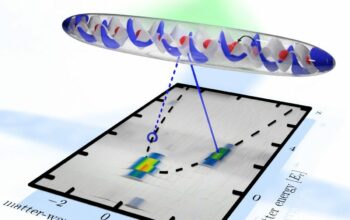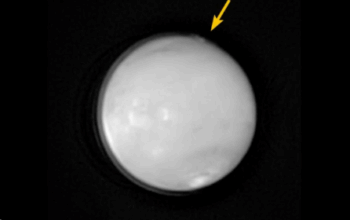In the realm of photonics and telecommunications, the propagation of light is a quintessential process that establishes the backbone of modern communication systems. Two prominent mediums for guiding light are waveguides and optical fibers, each with unique characteristics and applications. This article delineates the comparison between waveguides and optical fibers, focusing on their structural differences, propagation mechanisms, applications, advantages, and limitations.
1. Structural Differences
At the very outset, it is imperative to comprehend the structural design of waveguides and optical fibers. Waveguides can be understood as structures that confine and direct electromagnetic waves, typically through a boundary defined by a higher refractive index compared to the surrounding medium. These structures can take various forms, including rectangular, cylindrical, or more complex geometries tailored for specific applications.
Optical fibers, on the other hand, are a type of waveguide specifically engineered to transport light over significant distances with minimal loss. They consist of a core, cladding, and a protective outer layer called the buffer. The core possesses a higher refractive index, which allows total internal reflection to occur, effectively trapping the light within the core. In essence, while all optical fibers are waveguides, not all waveguides can be classified as optical fibers.
2. Propagation Mechanisms
The propagation mechanisms in waveguides and optical fibers vary significantly. In waveguides, light can propagate in modes determined by the geometry and material composition. Transverse electric (TE) and transverse magnetic (TM) modes characteristically describe the electric and magnetic field orientations. The ability to support multiple modes allows waveguides to carry various signals simultaneously, albeit with potential modal dispersion that may complicate signal integrity over extended distances.
Conversely, in optical fibers, light primarily propagates through the principle of total internal reflection. Single-mode fibers constrain light to propagate in a solitary mode, minimizing modal dispersion and enhancing bandwidth capacity. This characteristic is invaluable for long-distance transmission, as it significantly reduces signal degradation. In multimode fibers, multiple modes are supported, which can lead to modal dispersion but allows for a more straightforward fabrication process and lower costs in shorter communication links.
3. Applications
Waveguides are extensively utilized in diverse applications beyond telecommunications. They play pivotal roles in integrated optics, sensors, and photonic devices. For instance, silicon photonic waveguides have emerged as crucial components in computer processors, enabling the seamless integration of optical communication and electronic circuitry.
Optical fibers dominate the telecommunications sector, particularly in high-speed internet and data transmission. They are favored for their minimal attenuation rates and high bandwidth capabilities, essential for modern infrastructure such as undersea communication cables and fiber-to-the-home implementations. Beyond telecommunications, optical fibers find utility in medical instruments, illumination, and even security systems, demonstrating their versatility and popularity in a myriad of fields.
4. Advantages
The comparison of waveguides and optical fibers reveals distinct advantages for each medium. Waveguides offer superior durability and versatility in design. Their capabilities to guide various wavelengths make them suitable for applications beyond standard telecommunications. Furthermore, certain waveguide designs facilitate easier integration with electronic components, enhancing system compactness and efficiency.
Optical fibers, in contrast, excel in terms of attenuation characteristics and bandwidth. Their low signal loss and high data transmission capacity make them indispensable in long-haul communication. Additionally, optical fibers are lightweight and immune to electromagnetic interference, enhancing the reliability and speed of data conveyance in urban and rural settings alike.
5. Limitations
6. Conclusion
In summation, both waveguides and optical fibers present unique advantages and constraints in the domain of light propagation. The decision between employing a waveguide or optical fiber is contingent upon the specific requirements of the application in question. Waveguides cater to versatile design and robust applications in integrated optics, while optical fibers offer exceptional low-loss data transmission essential for telecommunications. As technology perpetually evolves, the interplay between these mediums will undoubtedly play a critical role in shaping the future of communication and photonics, ushering in innovations previously thought unattainable.










